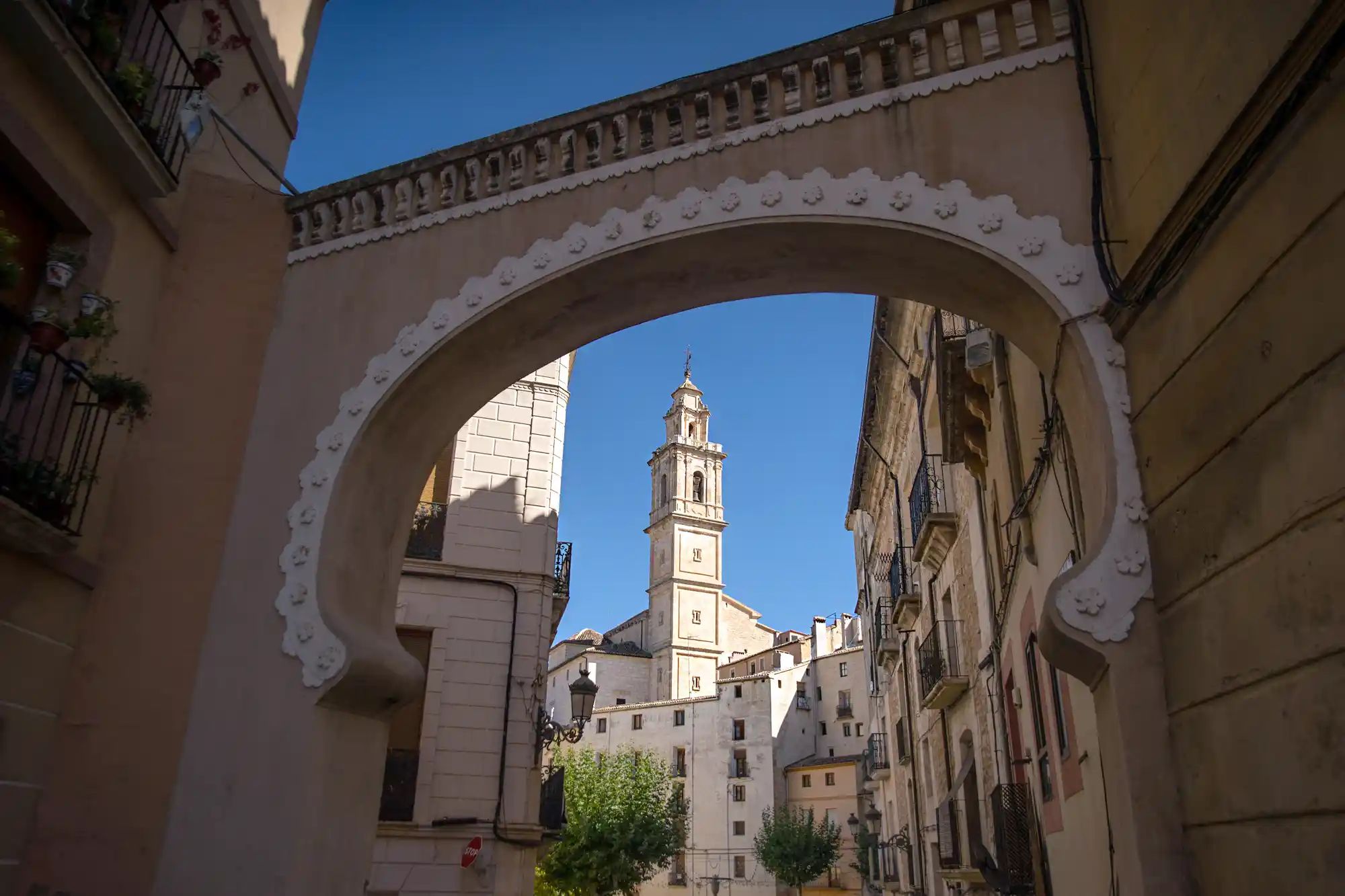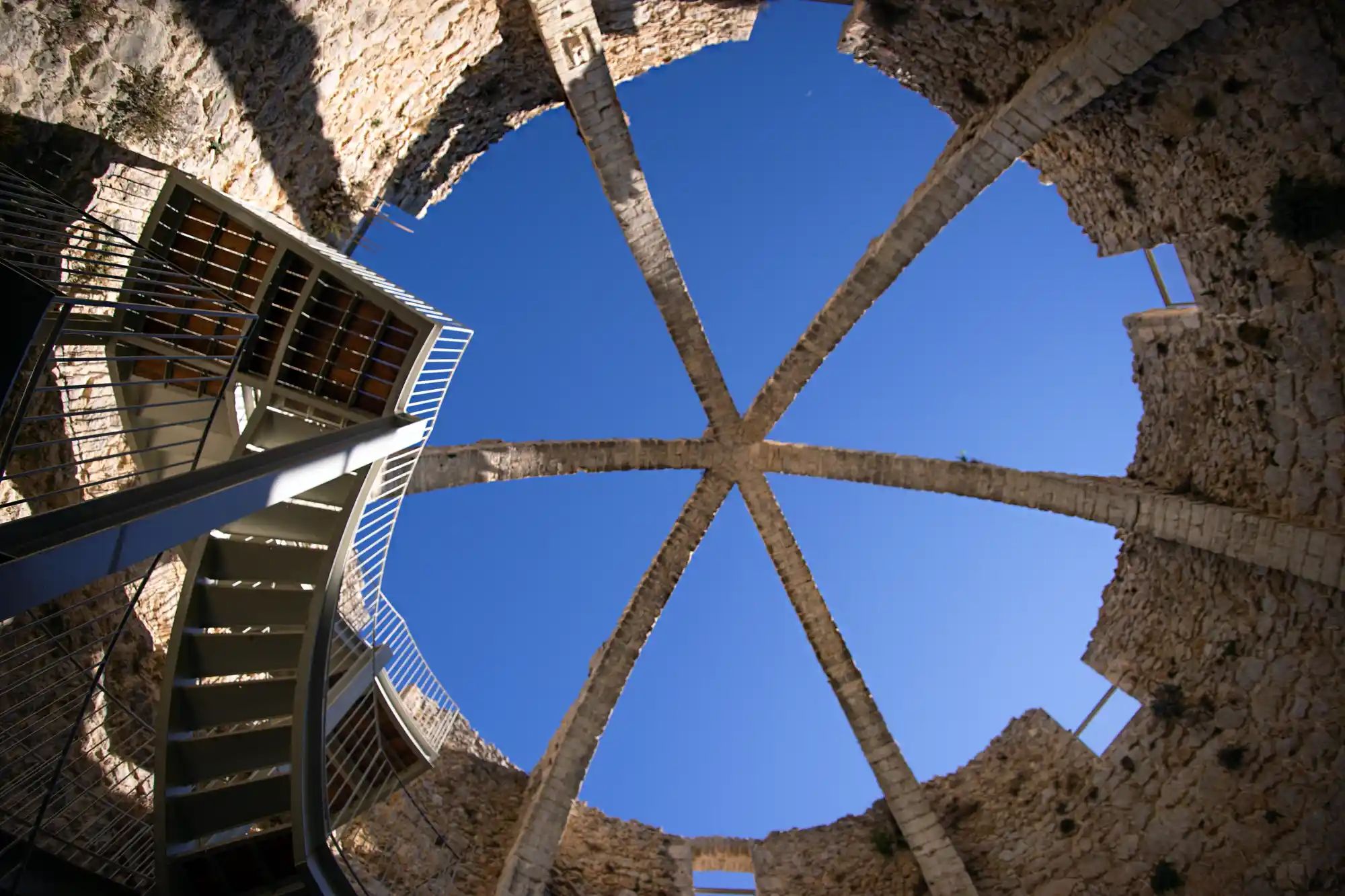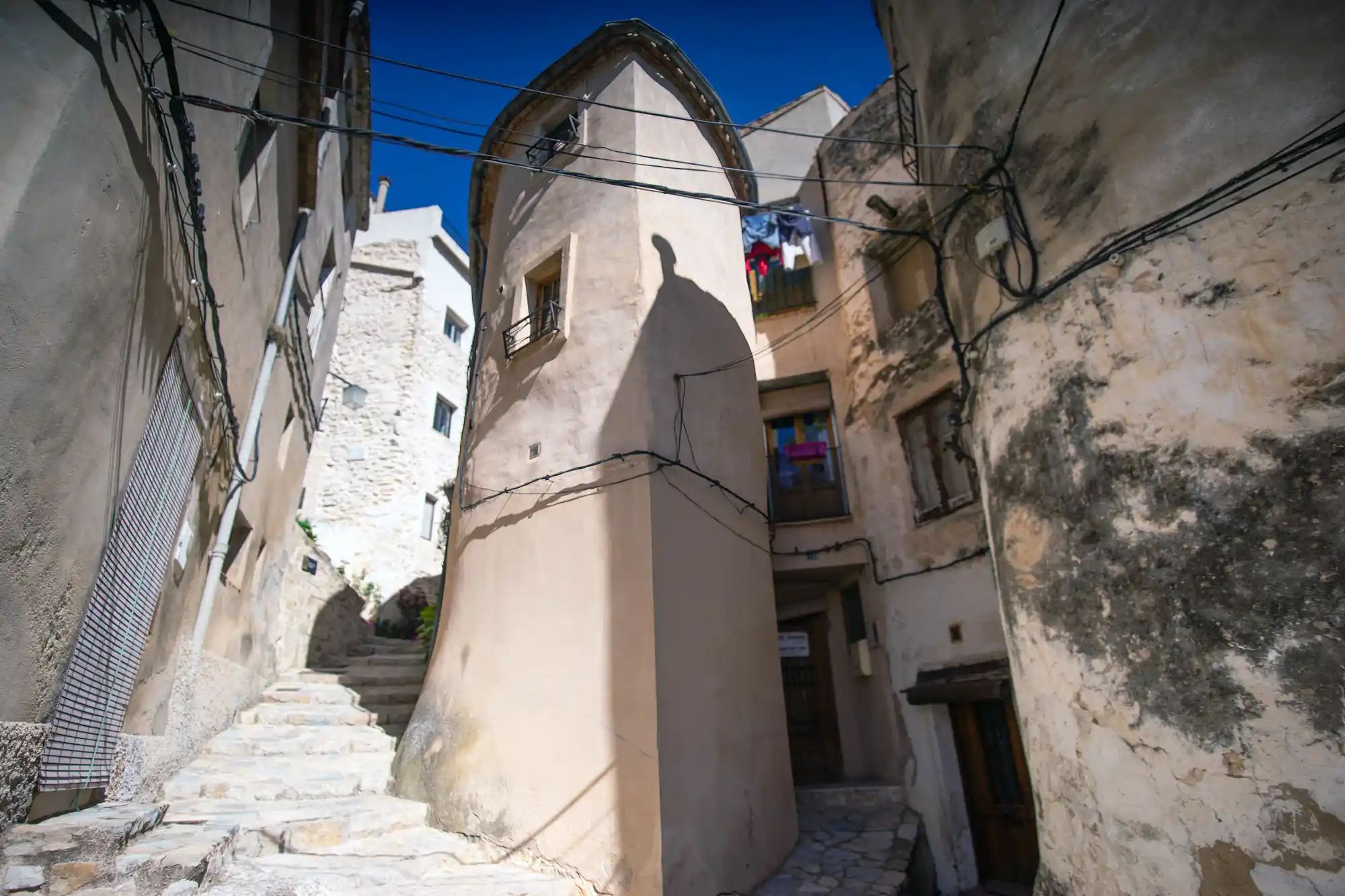We’re on a roll with day trips from Valencia. There’s so much to see and do just outside the city, and with Valencia getting more crowded all the time, it’s great to leave town and see what else the province has to offer. In this post, we’ll take you on a stroll through Bocairent, which we visited before staying the night in Agres. The next morning, we went on a hike to see an old ice house.
Bocairent

Like much of the Iberian Peninsula, the Valencian Province was under Arab rule for centuries, and the footprint they left behind is impossible to overlook. You can see the Moorish influence in just about every town, and on every street. Prominent examples are the gorgeous Palacio de los Condes de Cervellón in Anna, which we just wrote about, as well as the Admiral’s Baths in the city of Valencia. Now, we find ourselves in Bocairent, where the entire town hearkens back to the days of the Emirate.
The first settlement of Bocairent dates to the Neolithic period, which didn’t surprise us, since the town looks like it’s thousands of years old. Even today, many of the houses are built on top of a hill or straight into the sides of the slopes and cliffs. The old town dates from the Medieval period, and it’s not hard to imagine what life must have been like back then.
We had a blast just exploring the city, though we had really wanted to tie in a visit to the Covetes dels Moros. These are cave homes carved into the rock, which date from the Moorish period. Unfortunately, all the slots for the guided visits were booked out — if you plan on visiting, make sure to book in advance, especially if it’s a weekend.
Cava Arquejada / Cava Gran

After our visit to Bocairent, we drove to nearby Agres where we’d be spending the night. It wasn’t our first visit to the little mountain town, but this time, instead of spending a lazy Sunday afternoon enjoying the local cuisine, we got up early to hike. We went into the Serra de Mariola to visit a structure built in the 17th century: an ancient ice box.
After a steep ascent, we crested the top of the mountain range, getting spoiled with views over the northern part of the Alicante province. There was a hiker’s refuge where we took a little rest before continuing to the Cava Arquejada aka Cava Gran.
It wasn’t a long walk, and we were amazed by this 15 meter-deep construction, which was used to store the snow that would later be processed into ice. Yes, 17th-century Alicante had ice during their summer months! That’s a pretty impressive feat for that time period, but they had do something. Because, can you imagine a Tinto de Verano without ice, in the August heat? I’d be digging a giant snow hole as well!
From our Travel Blog.
